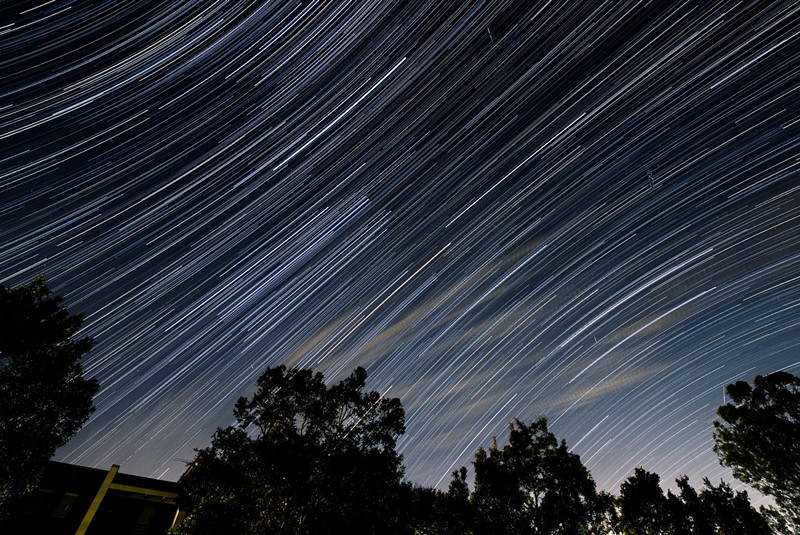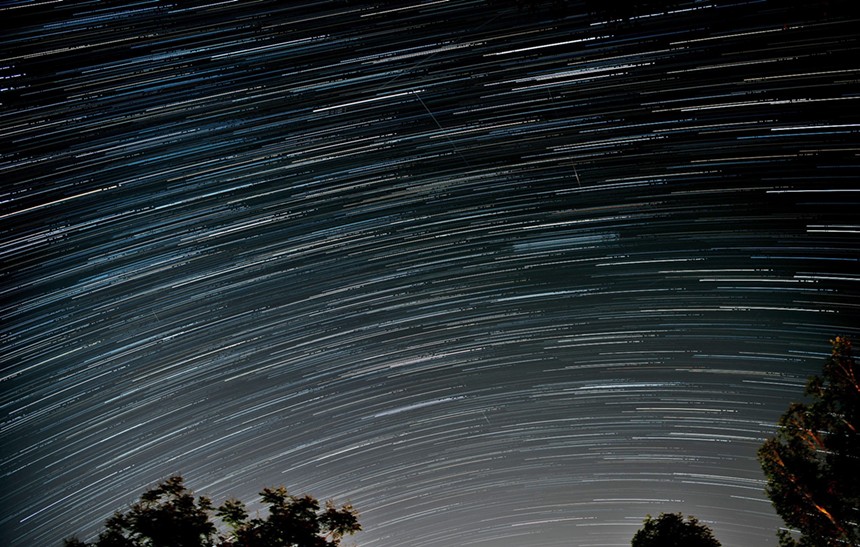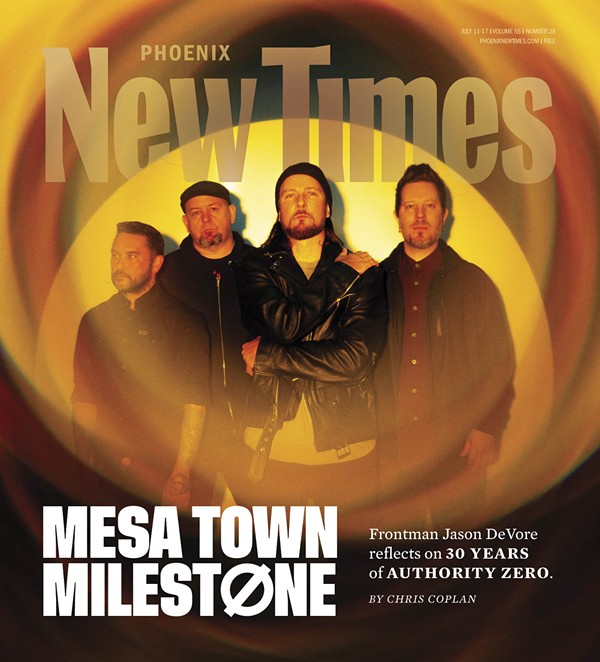It's the biggest meteor shower of the year and a perfect excuse to enjoy some skywatching.
The Geminid meteor shower, so named because it appears to emanate from the constellation Gemini, occurs every December as Earth traverses a field of debris from an asteroid. And it results in more shooting stars than other meteor showers.
Brian Skiff, an astronomer with Lowell Observatory in Flagstaff, told Phoenix New Times in 2021 that the Geminids are also considered to be the best and “most reliable” meteor showers of the year because of the sheer volume and high visibility of its shooting stars.
“That’s the one thing I can tell you about the Geminids,” Skiff said in 2021. “From experience, the [meteors] leave a longer train behind them, so it’s not just a quick streak of light. There’s a trail behind each meteor that lasts for a second or two.”
At its peak, which occurs on just before midnight on Dec. 13 into the early morning hours of Dec. 14, upward of 120 meteors per hour will streak across the night sky.
This year, the Geminid meteor shower will be even more visible because of a lack of moonlight interfering with the viewing experience.
If you’d like to check out all the astronomical action of this year’s Geminids, here’s everything you’ll need to know about when and where the get the best opportunities to see some shooting stars.













